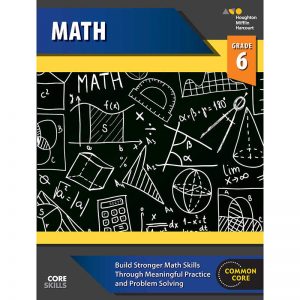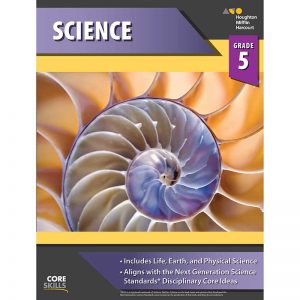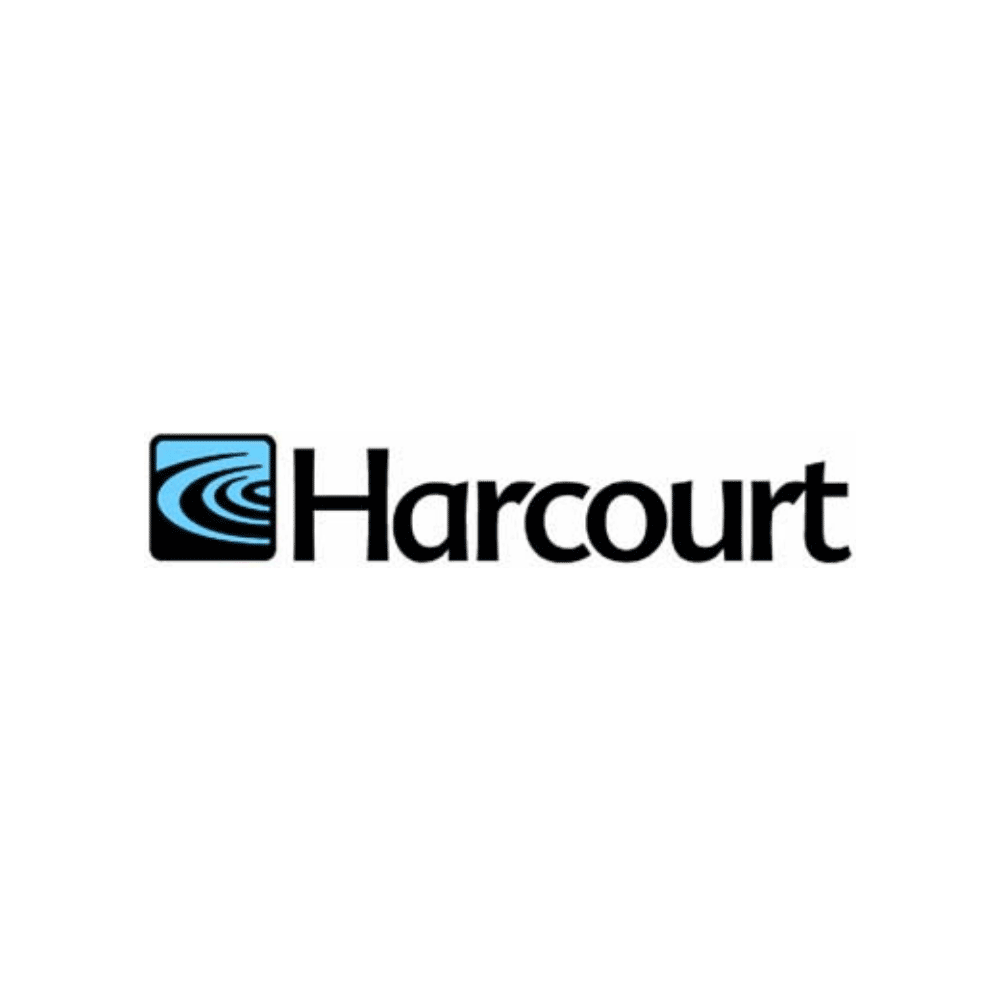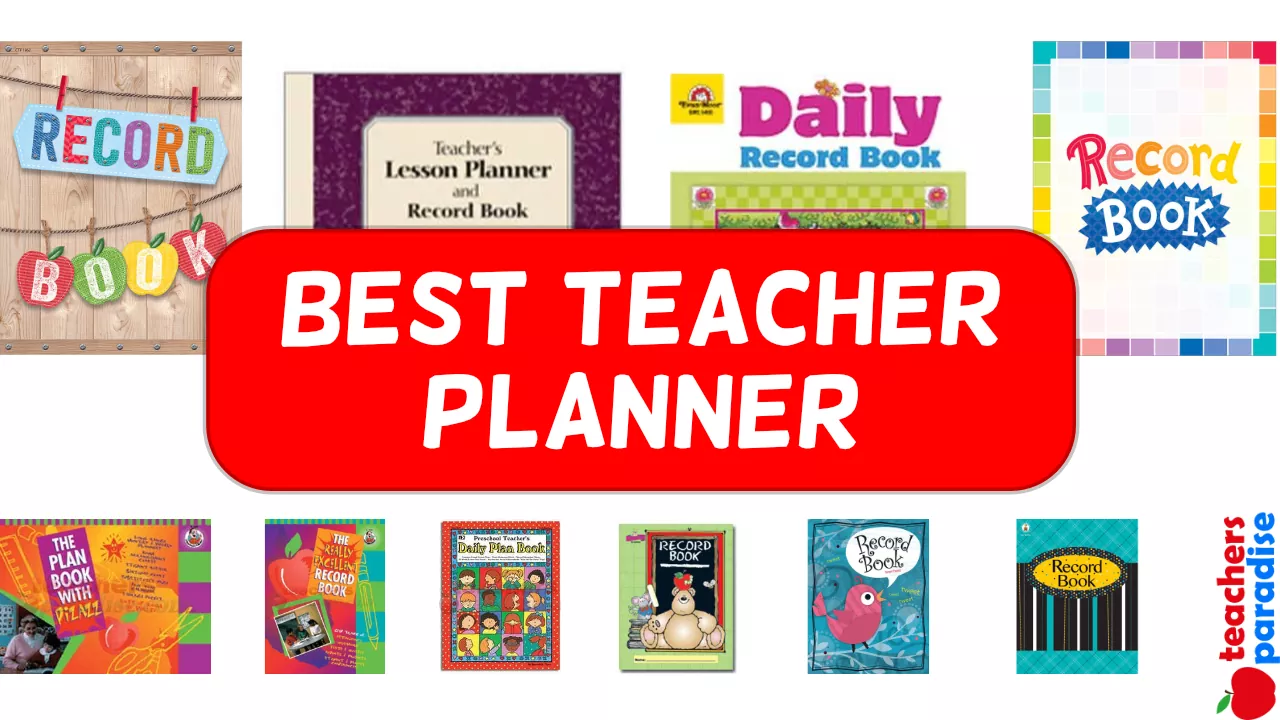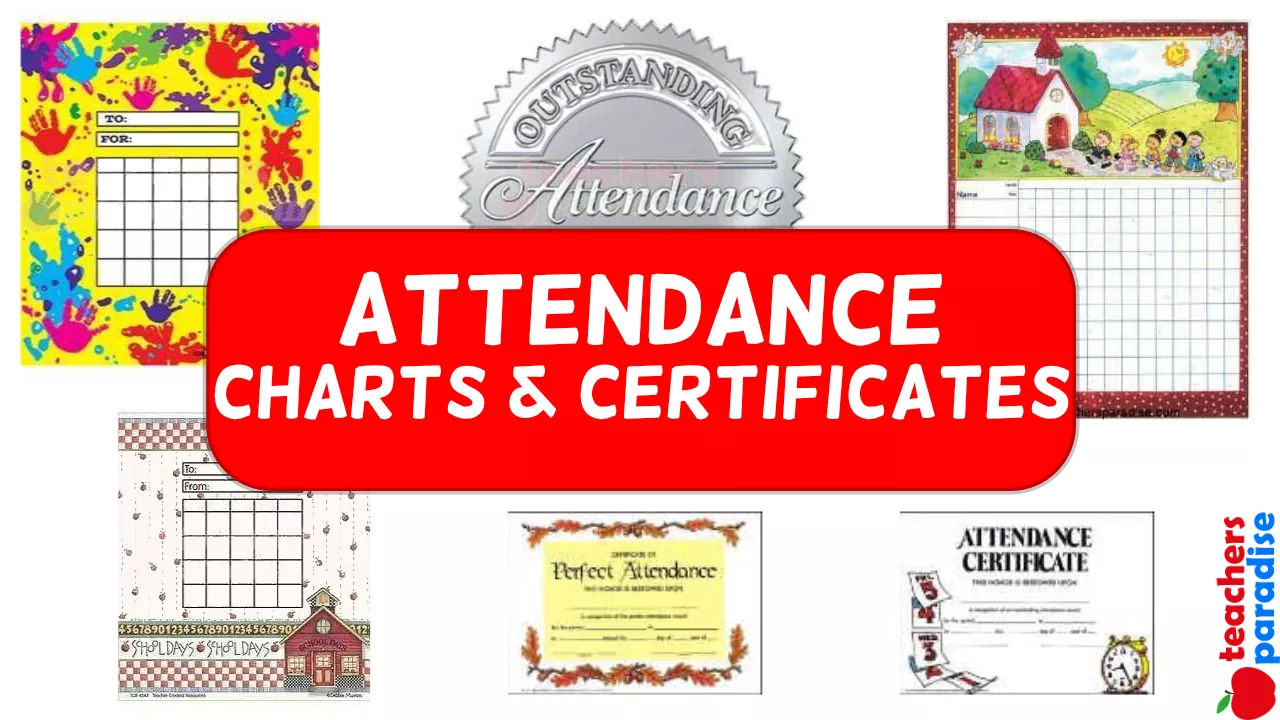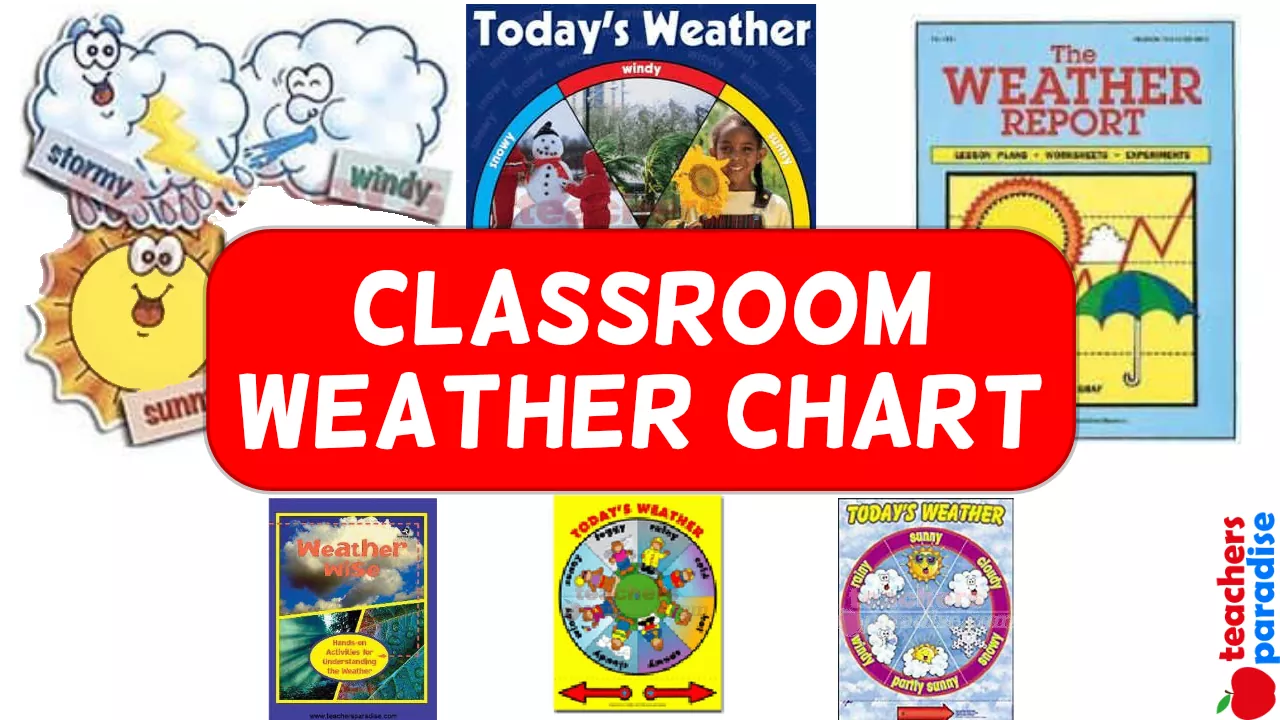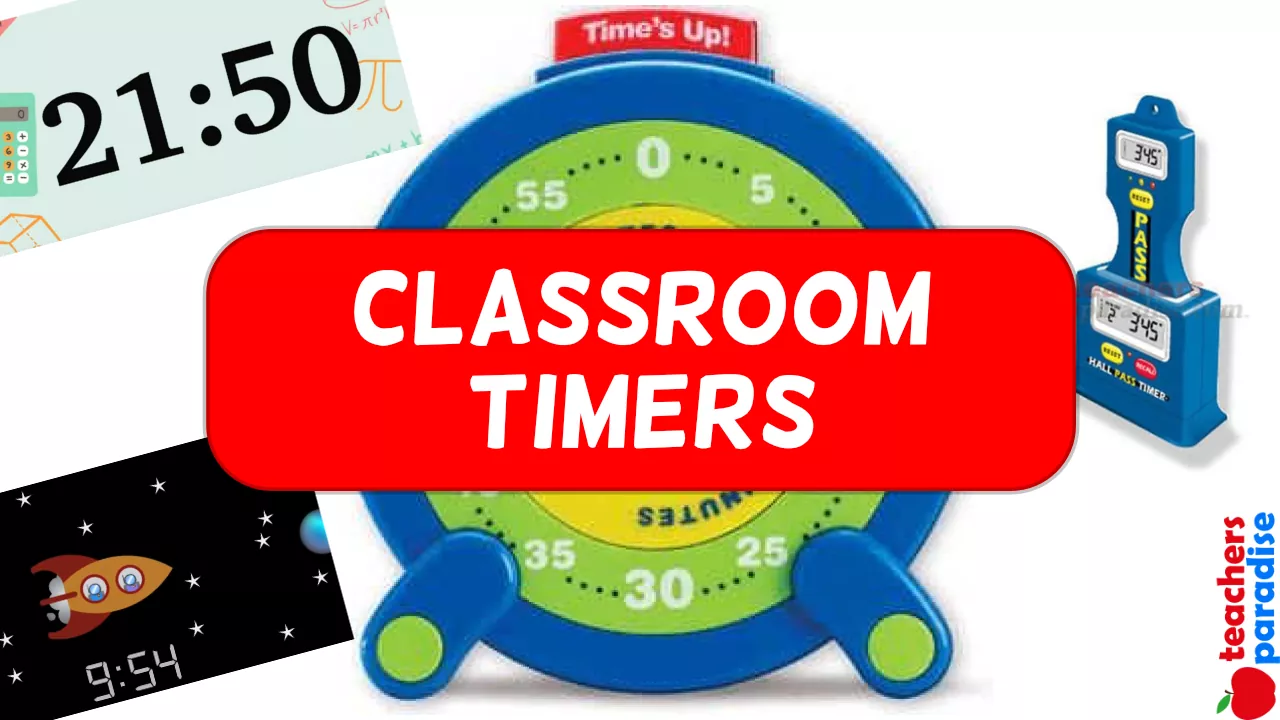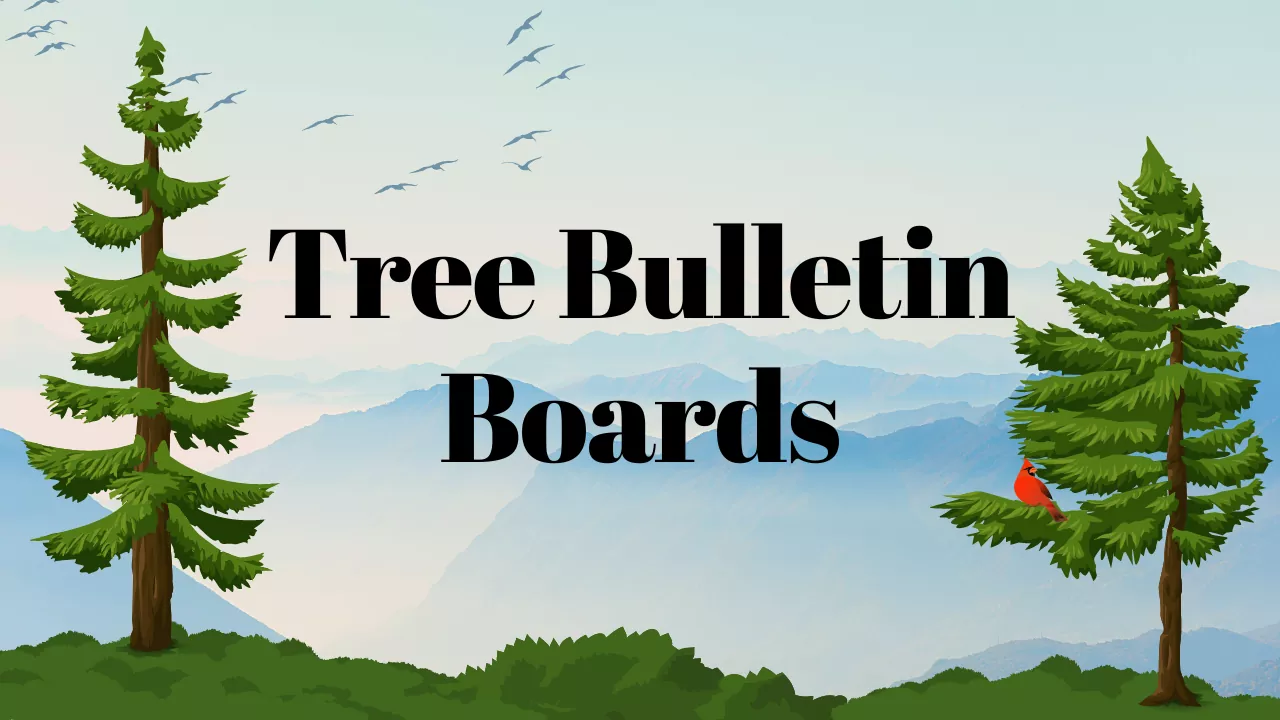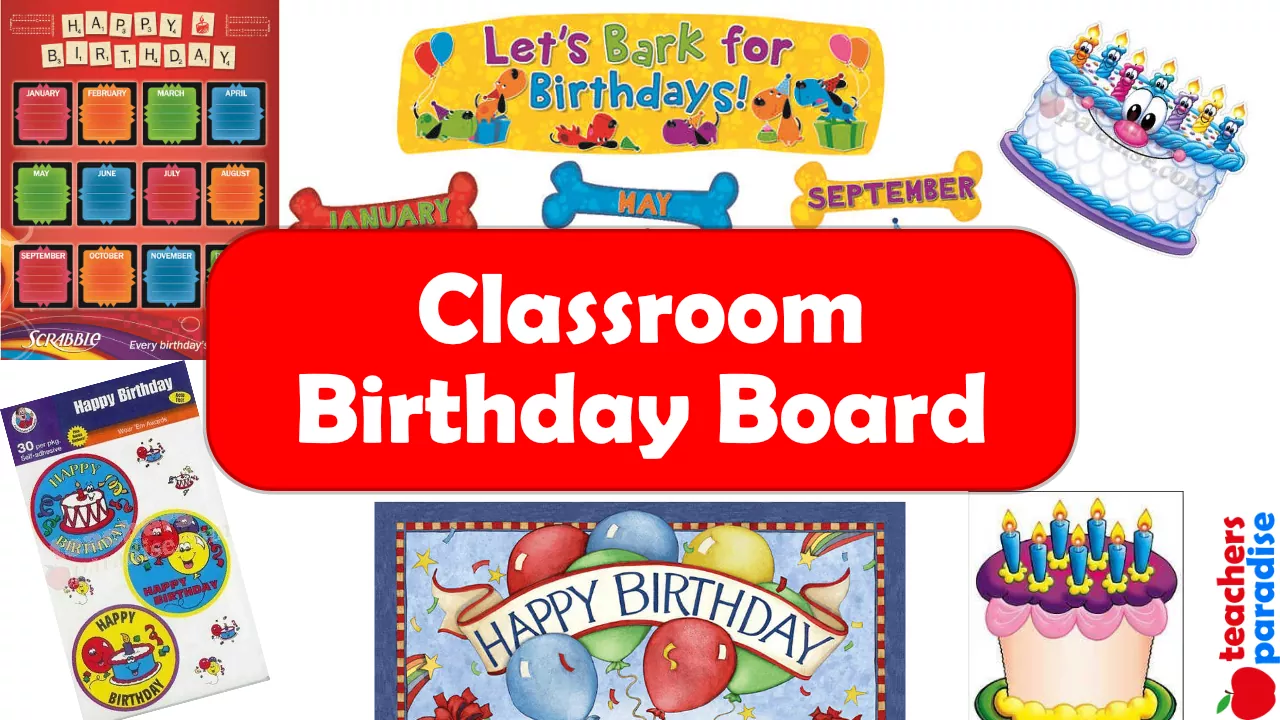Pollution Activity and Worksheet
When we hear the word pollution, most of us think of either water pollution or air pollution. But there are many other types of pollution. The most visible type is solid-waste pollution. This includes anything from trash along the highway to junked cars and old tires. Anything solid that you throw away, such as an old comic book or the leftovers from your lunch, is solid waste. Any waste that harms the environment is a form of pollution.
The United States produces about two billion tons of solid waste each year. That’s about 20 kg of solid waste for each person each day! Think about how much waste that is—about half your body mass.
What can we do about solid waste? The good news is that with a little effort, we can cut down on pollution. We can recycle.
WORKSHEET & Sample PDF Activity
Sample PDF Activity
Think about an aluminum can. You can throw it away, or you can recycle it. When you throw it away, it will probably be taken with the rest of your garbage to a landfill. The smell of a landfill pollutes the air. In some cases, materials in the landfill leak down through the soil and pollute underground water.
Think a little more about the aluminum can. If you recycle it, you won’t be adding it to an overfilled landfill. But just as important as that, reusing aluminum means saving natural resources and saving energy. Any aluminum that is recycled will not need to be mined from the ground. Energy that would be needed to process new aluminum ore will be saved.
In the last few years, many communities have started recycling aluminum cans, glass bottles and jars, and newspapers. Some communities have also begun to recycle other waste, such as tin-covered steel cans and plastic containers. Each item that is recycled saves energy and doesn’t add to solid-waste pollution. You can help. Find out how much you and your family can recycle.
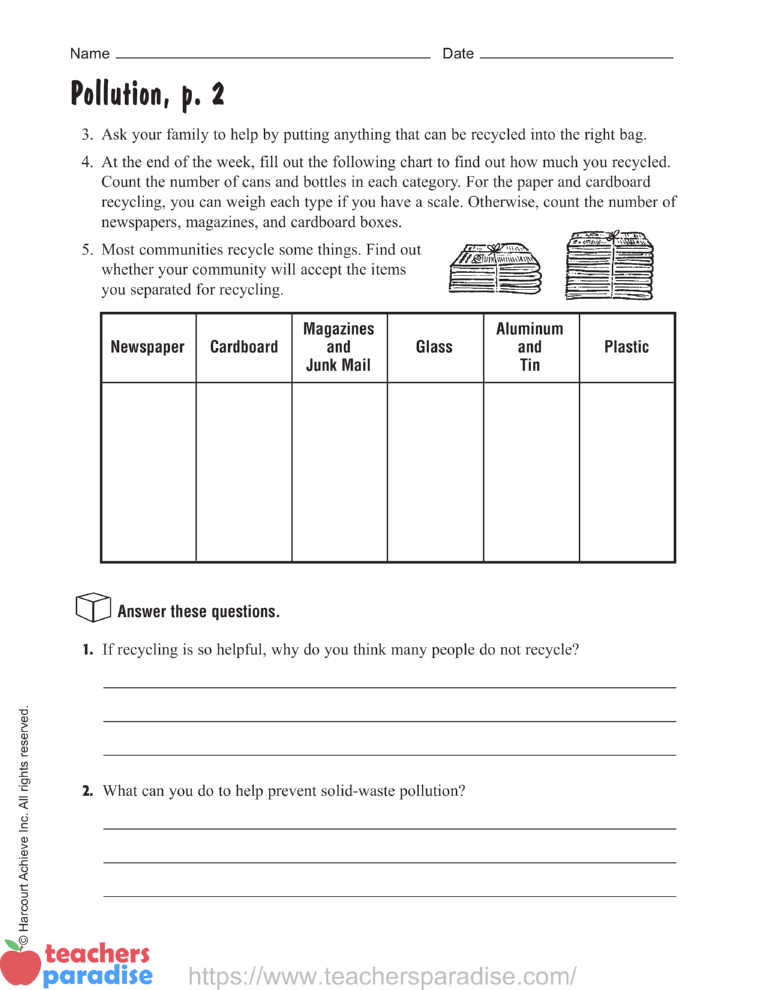
You will need
✮ paper grocery bags ✮ marking pen ✮ trash
- Keep track of all the things you can recycle in one week. Before you throw something away, think about whether it could be recycled.
- Organize your recycling. Label a paper grocery bag for each type of item that can be recycled. You should have one bag for each of the following: newspapers; magazines and junk mail; cardboard; glass; aluminum and tin; and plastic.
- Ask your family to help by putting anything that can be recycled into the right bag.
- At the end of the week, fill out the following chart to find out how much you recycled.
Count the number of cans and bottles in each category. For the paper and cardboard recycling, you can weigh each type if you have a scale. Otherwise, count the number of newspapers, magazines, and cardboard boxes. - Most communities recycle some things. Find out whether your community will accept the items you separated for recycling.
Answer these questions.
- If recycling is so helpful, why do you think many people do not recycle?
._______________________________________________. - What can you do to help prevent solid-waste pollution?
._______________________________________________.
Pollution Answer Key
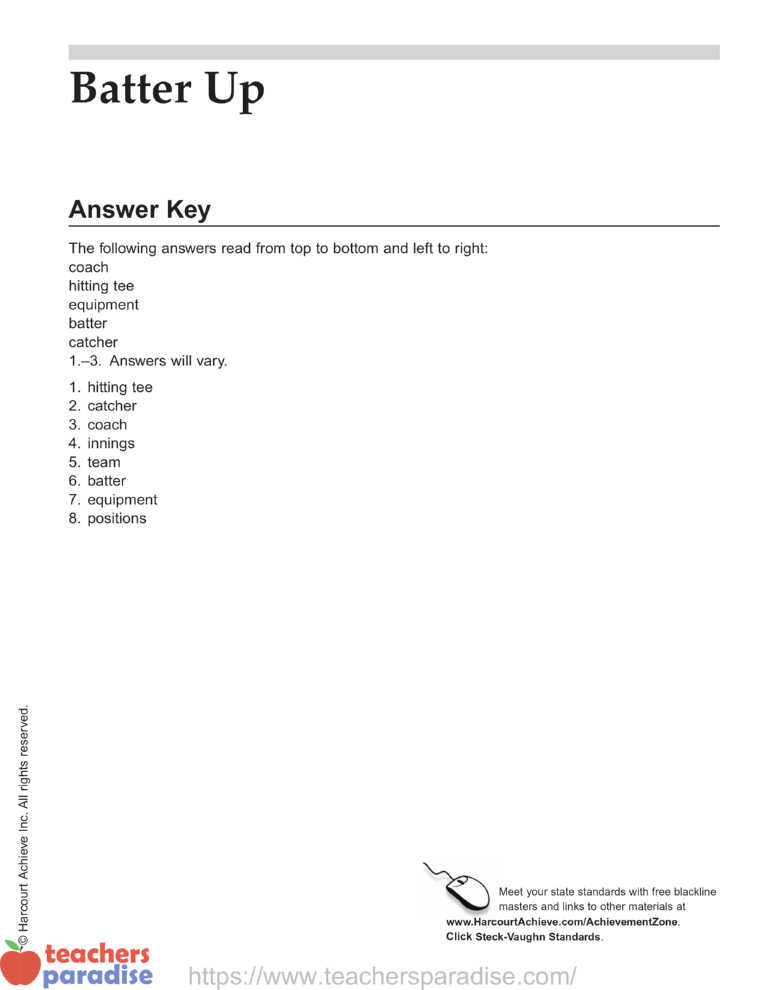
- Possible responses: People need to get into the habit of recycling; some communities are not set up for recycling; some people may not know or may not care about the benefits of recycling.
- Possible responses: recycle; not litter; clean up parks or stretches of highway.

